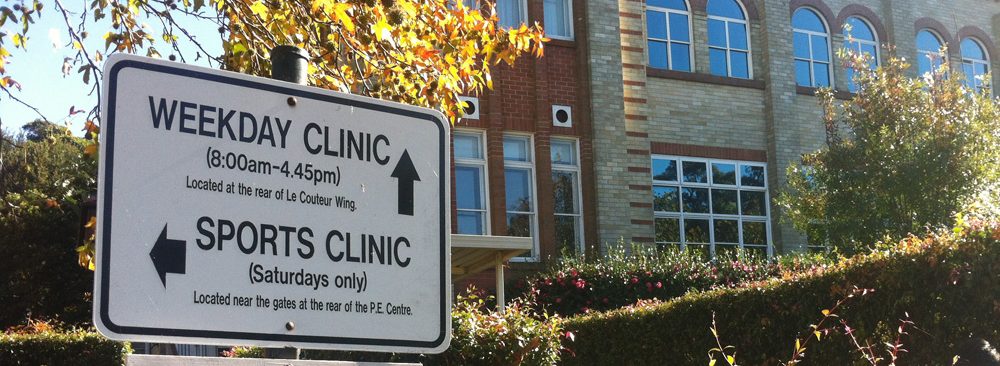How to prevent cramps and stitches
Cramps
A cramp that occurs during exercise causes a muscle to tighten involuntarily. It comes on suddenly, although the muscle may start to twitch before tightening and can cause pain ranging from mild discomfort to excruciating pain, lasting a few seconds to several minutes. The muscle can then feel tender up to 24 hours.
Cramps usually occur early in the season when the athlete is not accustomed to the specific training and does prolonged intense exercise in hot humid weather.
The most commonly affected muscles are the calf (gastrocnemius), the front of the thigh (quadriceps) and the back of the thigh (hamstrings). The muscle affected is being repetitively contracted during the exercise.
The cause of these exercise induced cramps is not well understood but it is generally accepted that muscle fatigue is a factor. Other causes such as dehydration, electrolyte imbalance, hardness of the ground underfoot, lack of adequate stretching, poor pre-exercise diet and family history may also play a part but are not scientifically proven.
Treatment of cramp is to:
- stretch the affected muscle
- ice may ease the pain in hot weather
- rest from the activity as this is a sign of fatigue
- massage the muscle
- supplements like Magnesium have not been clinically proven to help
Prevention of cramp:
- exercise at reduced intensity and duration
- improve fitness
- regular stretching of the affected muscle
- eat well balanced diet, keep hydrated
- allow adequate recovery time
Stitch
A stitch is a sharp pulling pain in the side under the ribs, sometimes accompanied by pain in the shoulder tip. They are common – 1 in 5 people running the City to Surf will experience a stitch.
Right side pain is twice as common as left side pain.
Swimmers get stitches, but cyclists don’t get them as often probably due to their leaning forward.
The lining of the abdominal wall has two layers – one covers the abdominal organs like the liver, spleen, gut, etc., and the other lines the abdominal wall. There is fluid between the layers and a stitch occurs when there is friction between the two.
What and when you eat and drink before you exercise can increase your chances of getting a stitch.
Tips to avoid a stitch:
- Be well hydrated by drinking water in the 12 hours before you exercise but only drink small amounts in the two hours prior.
- Don’t eat a big meal at least two hours before exercise.
- Avoid sugary drinks such as fruit juice or soft drinks before or during activity
Other methods thought to help – improve your fitness, strengthen your core and improve your posture.
To relieve a stitch try:
- Deep breathing
- Pushing or stretching the affected area
- Bending over forward.
I hope this helps you through the summer season of sport.
Margaret Bates
School Nurse






